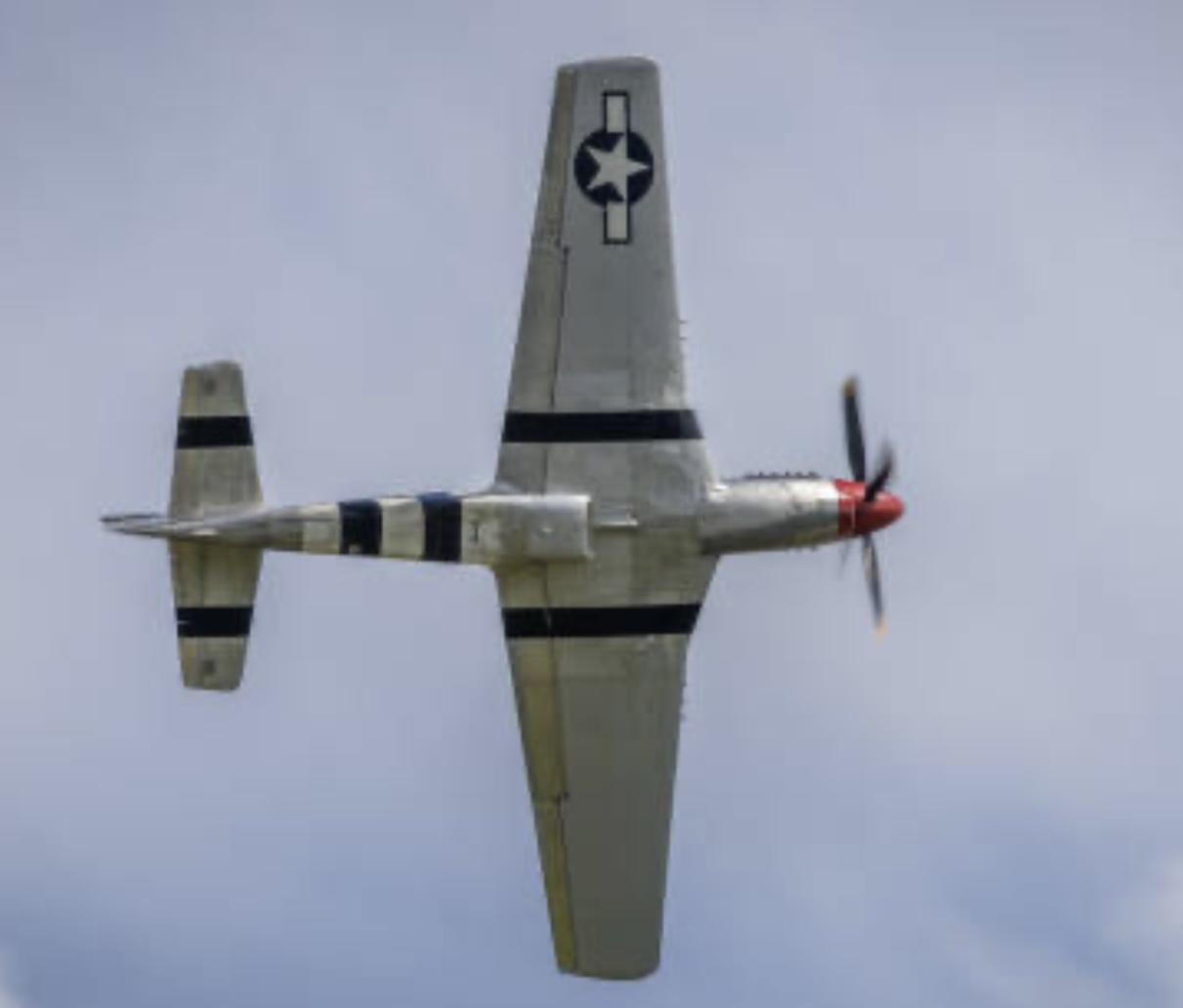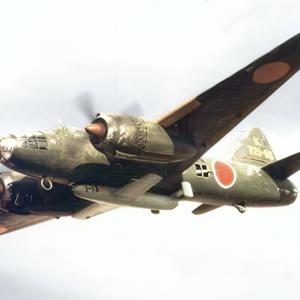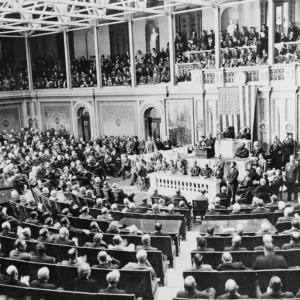
Plane deception
During World War II, U.S. military aircraft featured a white star insignia on a blue circle background, sometimes flanked by horizontal bars with a red outline. A curious detail about these markings is that they were often placed on only one wing—typically the left (port) side—rather than symmetrically on both wings. While this might seem like an arbitrary design choice or a matter of production convenience, a compelling theory suggests a more strategic purpose: psychological misdirection.
According to this theory, the placement of a single, high-contrast insignia on one wing served as a subtle form of visual deception. When enemy pilots or anti-aircraft gunners engaged U.S. aircraft, their eyes would naturally be drawn to prominent visual elements. The large white star stood out starkly against the camouflage paint, and its off-center position could subconsciously pull the attacker’s focus toward the marked wing. Under the pressure of combat, this split-second distraction could result in aim being shifted away from the true center of the plane—the fuselage, cockpit, or engine—where a hit would be most effective.
Human perception tends to favor symmetry, especially when trying to locate the center of a moving object. By breaking that symmetry with a distinctive marker on only one side, the visual balance of the aircraft was disrupted. This could make it more difficult for attackers to accurately judge where to shoot. Even a small misjudgment in aim, especially at high speed and long range, could mean the difference between a near miss and a lethal hit.
There are accounts that some aspects of this visual deception were tested during air gunnery training. In mock combat or target practice exercises, observers reportedly noticed a slight tendency for gunners to aim closer to the wing with the visible insignia. While the effect was subtle, it was consistent enough to raise interest among military tacticians and trainers. Reports from enemy pilots occasionally noted difficulty in maintaining accurate aim during fast engagements with U.S. planes, and while this can’t be entirely attributed to insignia placement, it's believed to have been a contributing factor in some situations.
It’s also worth noting that there were practical reasons for using a single-wing insignia during parts of the war. Early in the conflict, conserving paint and simplifying the manufacturing process were important. Painting fewer insignias meant less time and labor on assembly lines. As the war progressed and air operations became more complex—particularly in the Pacific and European theaters—standard markings were updated to include stars on both wings and additional locations to improve aircraft recognition among allies.
Though there is no official record declaring the one-wing star placement as a formal psychological tactic, it fits within a broader context of visual deception strategies used during the war. Just as ships used “dazzle camouflage” and armies deployed fake tanks or aircraft to confuse enemy reconnaissance, the asymmetric use of aircraft insignia may have been a subtle but effective addition to the larger toolbox of wartime misdirection.
In the end, whether by design or coincidence, the off-center star may have played a small yet meaningful role in helping pilots survive by subtly interfering with the enemy’s ability to aim true under pressure.










